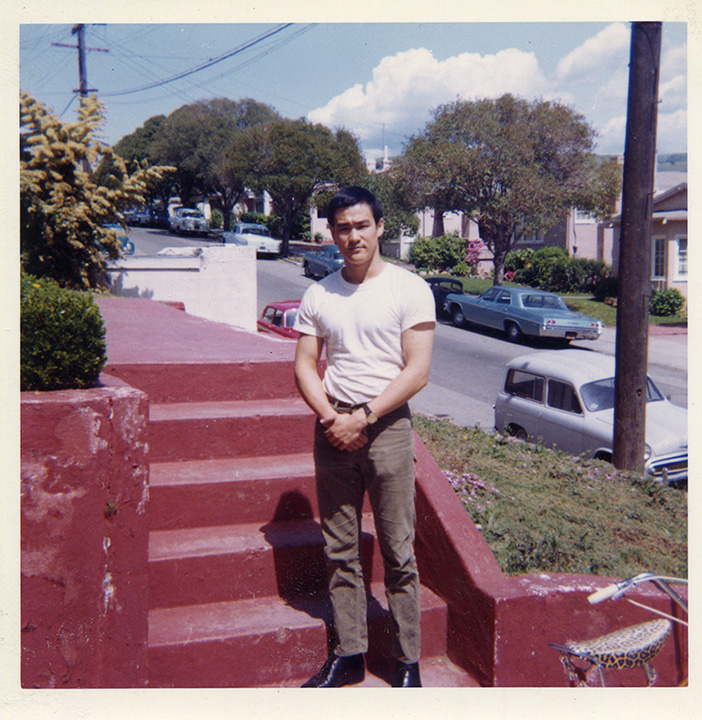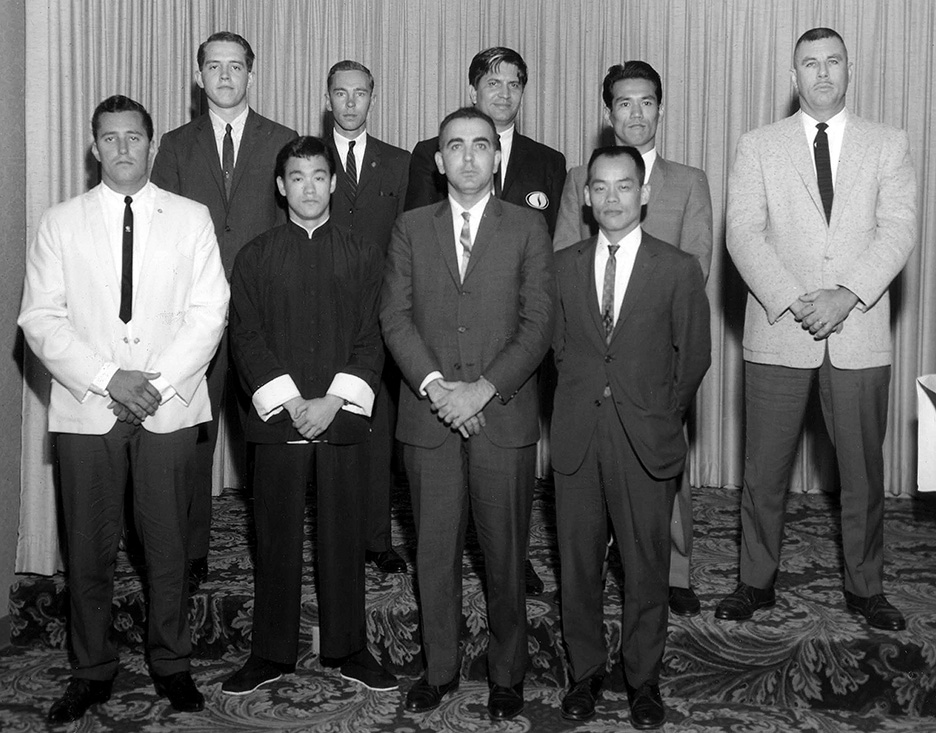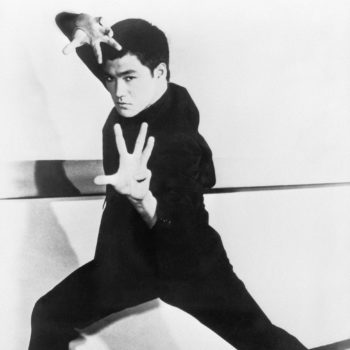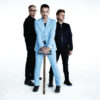Each week on Chattering Class, we’re schooled by an expert in some party-worthy topic. This week, the topic is the most famous martial arts fighter of all time, Bruce Lee. And our teacher is Charles Russo.
His new book is called “Striking Distance: Bruce Lee and the dawn of Martial Arts in America.” It’s both a scholarly look at how the Asian fighting style became an international phenomenon and a hard-bitten biography of Bruce Lee’s early days, before movies made him a megastar.
Interview Highlights:
On why Charles chose to write this book now
Charles Russo: I would argue that Bruce Lee, right now, is almost as popular as he’s ever been. He’s a character in video games, there’s a new comic book out about him, there’s multiple movies in production. Recently, they made a Broadway musical about his life.
And probably, most notably, Dana White, spokesperson for the UFC, cites him as the godfather of mixed martial arts… He was definitely a key pioneer and he certainly deserves to be acknowledged as much.
On why Bruce Lee decided to pursue a martial arts career in America, despite having an established film career in Hong Kong as a child actor

Charles Russo: It’s really interesting. I think he had over 20 roles in Hong Kong films growing up… I mean, one of the things that was so fascinating to me looking at these formative young adult years in San Francisco and in America is he’s never pursuing acting. He’s not going to auditions or looking for an agent or anything. He’s just thinking martial arts 24/7.
And, in fact, when Hollywood discovers him, they discover him through one of his martial arts performances. So it really was his primary interest in life.
How his upbringing influenced his passion for martial arts
Charles Russo: He’s raised in pretty interesting circumstances in Hong Kong. On one hand, he has this very affluent upbringing, via his dad’s celebrity status as an actor. Yet, he was small and he was sort of navigating this very tough environment of Hong Kong in the 1950s, which had a very rough street scene of youth gangs and this sort of street fighting culture, which really required something special to navigate and the martial arts worked for him in that way.
On what it was about the Wing Chun fighting style that appealed to Bruce Lee
Charles Russo: Bruce studies under a very now famous martial arts master, Yip Man. Hong Kong cinema can not make enough movies about Yip Man right now. And he was this great source of this style of Wing Chun which is this very economical streamlined form of fighting. Which, particularly, in Hong Kong during the 1950s, was a great style to learn because it was sort of results oriented.
And what Bruce sees during his teens really shapes his martial arts world view. Because he observes a lot of fights and he sees what works versus what is just flamboyant nonsense. And for the rest of his career, really, he advocates for martial arts that are practical as opposed to something that just looks really pretty in the studio.
[Bruce Lee] was a very big advocate for that for the rest of his life, I mean, you see quotes now on social media and he’s talking about the importance of simplicity. That very much comes from a Wing Chun sort of mindset.

On what it was like for audience of the era to watch Bruce Lee on screen
Charles Russo: As Bruce Lee is giving demonstrations in this period, he’s really raising a lot of eyebrows, partly because no one’s ever seen it before, and also because he was just incredibly dynamic. His speed was stunning. And again, you know, he has this show business background so he knows how to present it to people.
What’s interesting is that he also brought his ideology to it, which was often very critical of other things that were going on in the world of martial arts. So I think whereas we just like to see the glossy side of our icons, there was also some very rough edges to his personality. He had very little concern for, sort of, the bruised egos that were left in his wake.
On how Bruce is still a polarizing figure in his San Francisco neighborhood
Rico Gagliano: That’s true, there’s a quote at the beginning of your book that says he was, somebody described him as quote, “a dissident with bad manners”?
Charles Russo: Yeah, it’s my favorite quote in the entire book, actually. And that comes from — and this is very important — that comes from one of the old China Town Kung Fu masters. In China Town, even though that was the neighborhood that he was born in years earlier, they’re not very fond of Bruce Lee at all. They just have a very palpable dislike for him.
On why he’s still beloved
Charles Russo: As far as why people like him, I think he inspires a lot of people in terms of just the potential of the individual. You know, Bruce Lee is 5’8″ and he’s known as the most dynamic fighter ever, I mean, that’s amazing.
Finally, I think a big point is that I think he had tremendous impact on just social perceptions. I mean, he really changed the way people regarded Asian people not just in the West, but around the world. He really got rid of a lot of the derogatory stereotypes. Just this really cool Asian action star.

That really changed things for a lot of people. I talked to sources who, you know, maybe they were a middle school student at the time, and they talk about how Bruce Lee tangibly changed the way they were like treated in the playground and things like that.
And that extended even beyond Chinese people to other Asian nationalities to even… you know, Bruce Lee’s very popular in the African American community as well and it was… sort of representing the minority hero.


